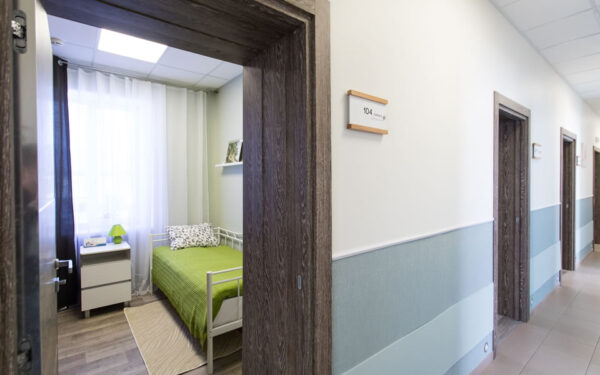Issues in the Skilled Nursing Facility Industry

Similar to other healthcare providers, skilled nursing facilities are facing numerous operational issues and forcing operators to think creatively in order to remain competitive in their respective markets. Occupancy remains at a decade low, payor mix continues to shift in the wrong direction, and labor concerns are at an all-time high. Here we will take a look at the more prevalent issues many skilled nursing facilities are facing, and some possible solutions.
Census and Payer Mix Issue
The Medicaid program is considered the payor of last resort and the lowest rates of any payor class. Additionally, for some if not most states, the Medicaid rate doesn’t cover the entire cost to care for a resident. While providers have been complaining about this for years, the rebuttal from state agencies was to fund the under-payments with the minimal profits made from other non-Medicaid patients. However, our recent Marcum Long-Term Care Benchmark Analysis illustrated a downward trend in other wise profitable payors by illustrating a significant decline in the number of Medicare and non-Medicaid payors. The profits made on these types of payors are no longer enough to cover the Medicaid deficit. Based upon filed Medicare cost reports from 2013 through 2017, the national average of net income decreased from approximately $3.80 per patient day to a loss of $(0.04) per patient day.
Possible Solutions
Until the baby boomers start needing skilled care, it may be difficult to increase the overall occupancy without states “rightsizing” the number of skilled nursing beds. Some providers have been planning for ways to attract more Medicare and non-Medicaid residents to their facilities and example of this is as follows:
- Short-Term Rehab Units – Some providers looking to increase their quality mix have dedicated units of their buildings to short-term specialty rehab centers focusing on cardiac, dialysis ventilator and other specialized care. The nursing staff and therapists for these units are highly educated in providing the best rehab care, and the equipment used for therapy treatments are top-of-the-line. These types of units are attractive to Medicare and private pay residents, as they know they will receive efficient and effective care, which will lead to less time in the nursing home and more successful discharges back into their own homes.
- Memory Care – The increase of dementia and Alzheimer prevalence requires a special care delivery model. Many providers are renovating their facilities in order to meet the special demands of this population.
Resident Expectations and Options
Now more than ever, seniors do not want the typical nursing home experience. Resident no longer want to reside in an institutional setting where they are told when to eat, sleep, dress, etc. Residents prefer a warmer, friendlier setting where care options are planned out thru the day and in a home-like setting. Some potential residents are opting to skip the nursing home stay completely, with the government pushing for homecare to be the primary healthcare delivery option for short-term rehab residents.
Possible Solutions
It is clear the older, institutional style nursing home model is no longer the setting in which seniors are cared for. Seniors will continue to demand more home-like settings where they have many more choices and options to plan their days. While some solutions may be costly, here are couple of potential options to move away from the institutional setting and provide residents more options.
- Small House Model – While the conversion comes with a high price tag, small house models, which focus on separate, manageable living areas for a smaller group of seniors, are becoming very desirable. They offer communal kitchens and shared spaces but have private bedrooms, making it feel more like a shared home as opposed to an institutional facility.
- Bistro Style Dining – Trying to get a competitive edge has brought some nursing homes to introduce a bistro-style dining approach. While most nursing homes cannot offer the high-end 5 star restaurant dining providers are steps in changing the dining experience for residents by providing options. Instead of offering meals at set times with very few choices, residents can visit the dining area when they choose, order from a menu, and then enjoy their meal at their convenience.
Conclusion
Skilled nursing facilities are being challenged to provide a new paradigm of care that meets the lifestyle needs of today’s and tomorrow seniors. Facilities must be proactive in their future planning to ensure they become the preferred providers for prospective residents. Whether it’s creating short-term or niche units, or expanding the choices offered residents, it is clear that providers that tailor their facilities to residents’ wants and needs will be the skilled nursing facilities with the higher quality mix.






